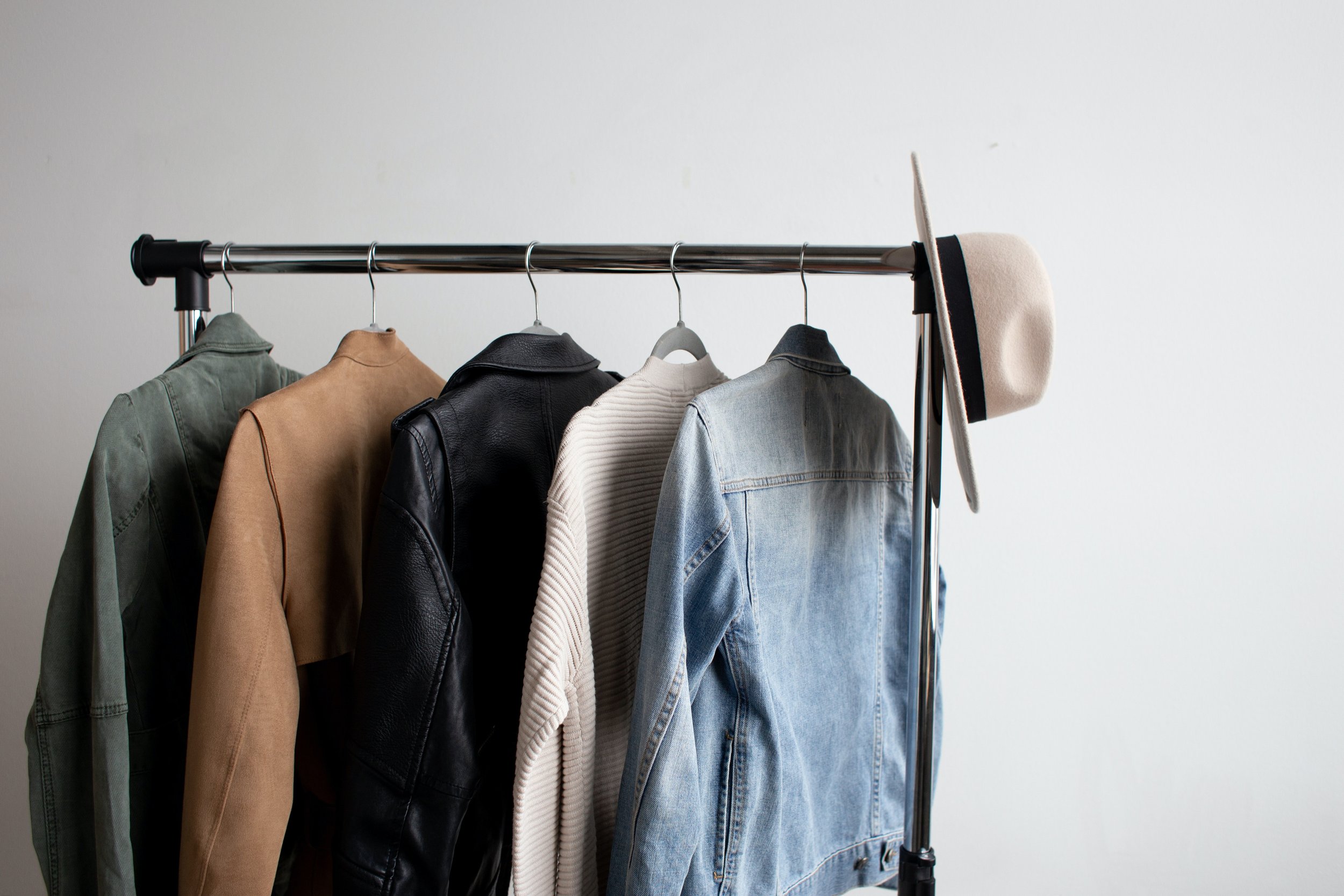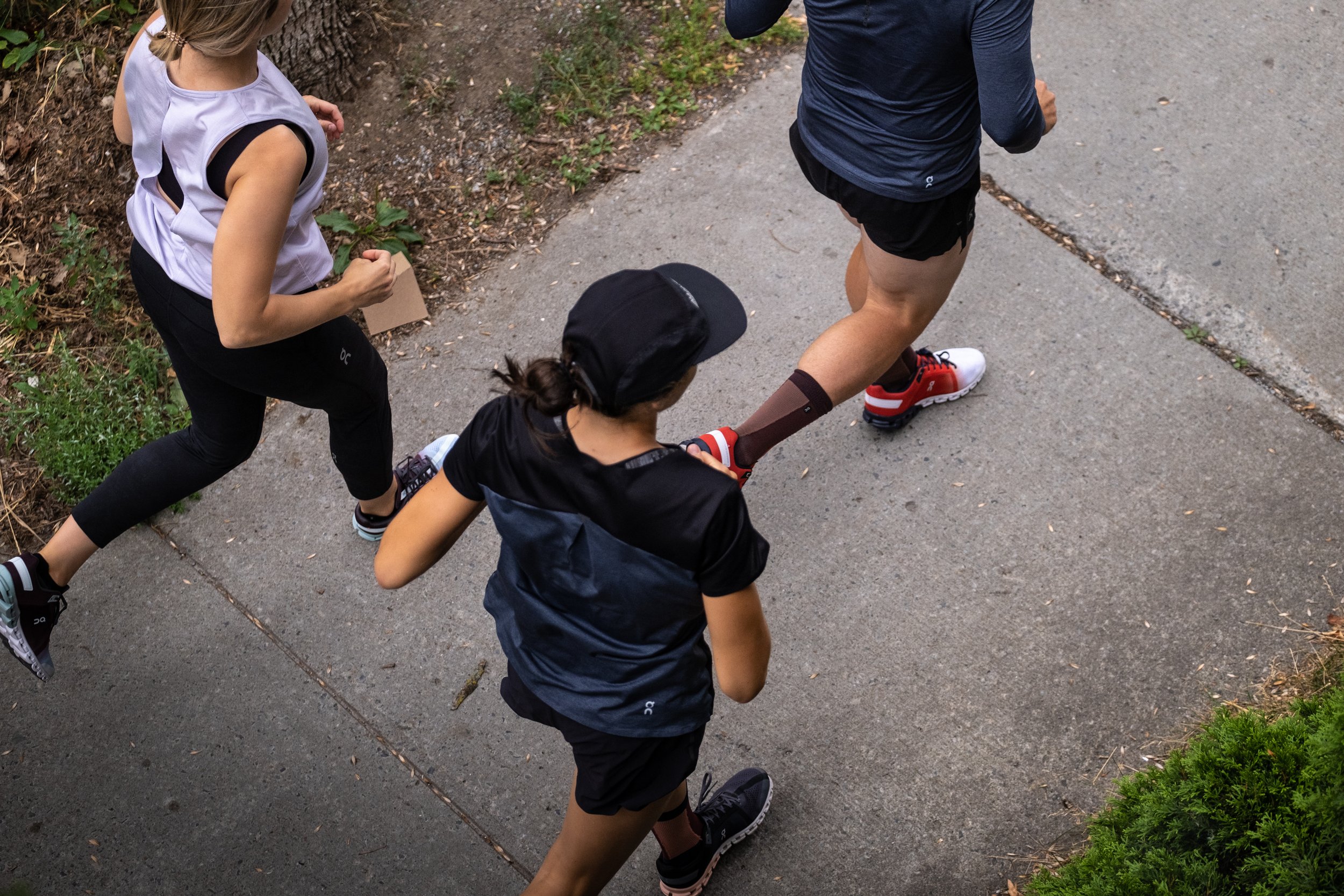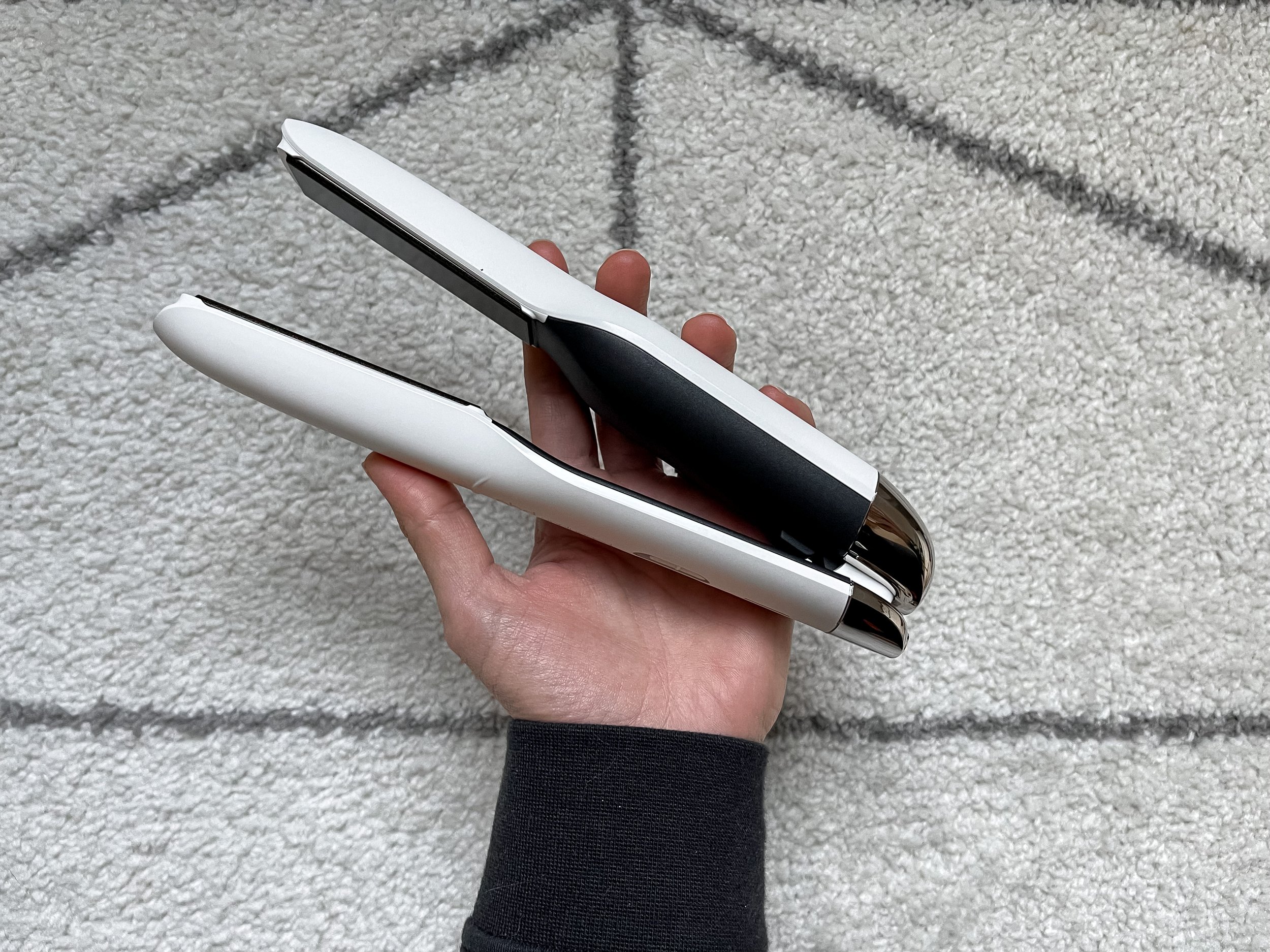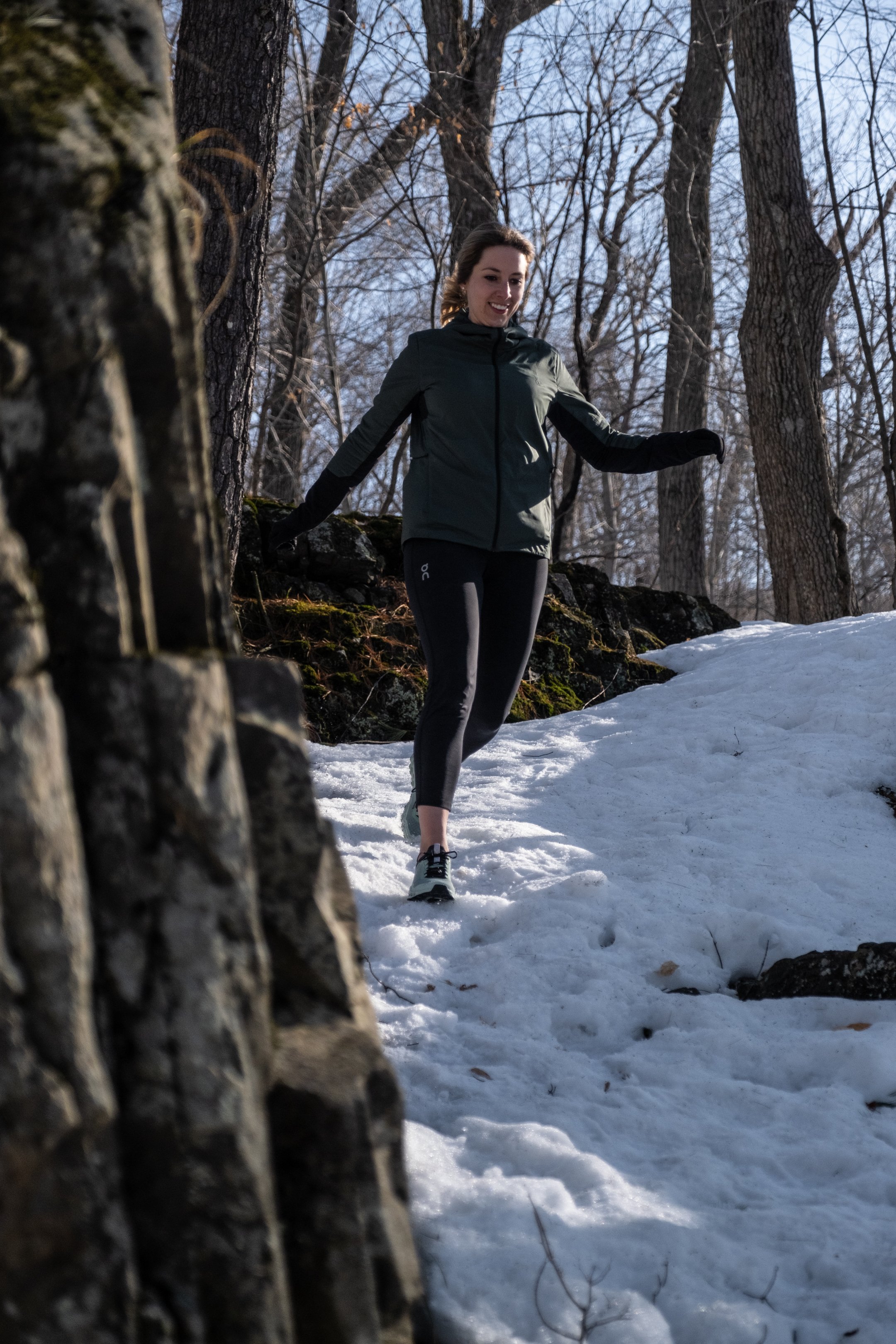Osteopathy for Runners: What to Expect from your First Appointment
Talk to any runner and they will tell you all about the different aches and pains they have experienced from the sport. For many of us, the occasional injury seems inevitable. Typically these are improved with some rest, stretching, and maybe a few foam rolling sessions. Sometimes, however, the help of a professional may be necessary.
I first started seeing an osteopath in 2018 after experiencing an ankle injury that just wouldn’t go away. She was able to work wonders on my body, and I have been scheduling regular osteo follow ups ever since. My appointments feel like a special form of self care targeted directly where my body needs it.
What is osteopathy?
Osteopathy is a medical practice that focuses on the patient as a whole. Our bodies are self-regulating, and every part is related to the other. Osteopaths use manual adjustments (i.e. touch) to restore balance in the body - from musculoskeletal, to cardiovascular, to gastrointestinal, and so on. Everything is connected, and everything must be balanced to achieve a healthy, functional body.
This is totally my vibe.
There are different streams of osteopathy, and how they are governed will vary from country to country. In Canada, an osteopath may be a medical doctor holding a Doctor of Osteopathic Medicine degree, or, more commonly, they may be a non-physician who studied in an osteopathy school. My appointment was with the latter.
How much does it cost?
Cost will vary depending on where you live and the level of experience your osteopath has. Expect about $75 to $100 for a 60 minute appointment. Your specialist can provide you with a insurance receipt on request. My appointments cost $115.00 (CAD) and are fully covered by my insurance.
How does osteopath benefit runners?
Running is a sport that requires repetitive movements. Any imbalace while running can cause issues, leading to compensation and overuse in other parts of the body. Often when runners experience pain in one part of the body, the cause may be elsewhere. Osteopaths are trained to understand these connections and to treat the problem at its root.
For example, I sometimes get pain in my left knee after a long run. This pain is actually a symptom of having tight muscles around the hips. Because my hips are not free to use their full range of motion, the muscles down my leg and around my knee end up compensating. By treating my hips and helping restore their mobility, my osteopath was able to quickly clear up that pain!
How to prepare for your appointment
There are really only two things that I recommend to prepare:
Wear comfortable clothes: Go for a light tank top or t-shirt and leggings or athletic shorts. Nothing with too many zippers or elaborate seaming, since this could impact your osteopath’s ability to feel. It's possible that your osteopath may ask you to remove some clothing or change into a gown. This is all to be able to better assess and treat you.
Go to the bathroom before your appointment: Trust me, you will be much more comfortable — I speak from experience! I personally have a lot of tightness in my hips, so having someone compress my bladder for 30+ minutes is not ideal (!).
Initial consultation
Like most health-care appointments, you will start with an initial consultation. You will be asked what brought you to the appointment, what symptoms you have, what makes them better or worse. You will be asked about your medical history and lifestyle. Expect to answer some questions that may seem unrelated to your condition — I was there for an ankle problem, but was asked if I had digestive issues, lower back pain, or trouble sleeping. Remember, everything is connected!
After the first part of the consultation, you will be asked to stand up so that the osteopath can look at your overall alignment and posture. You may be asked to walk, sit, or do certain movements or stretches. The osteopath may feel for stiffness or tension in your muscles and joints in order to get a complete picture and identify problems. Most of the time they talk you through what they’re doing, but don’t hesitate to ask if you’re not sure.
This consultation and assessment typically takes about 30 minutes, after which any observations made will be explained to you. Expect to hear about where your body is mis-aligned, which muscles need to be strengthened, and which joints are more stiff than they should be.
Treatment
Usually treatment will start at your first appointment immediately following the initial consultation and assessment. This is where things can get a little weird; depending on your assessment, there may be a lot of kinks to be worked out! This will mostly involve manual touching, pushing, massaging, even some deep breathing. Think of it like a targeted massage, but with lots of talking. The osteopath will use knowledge of human anatomy to release tension, mobilize joints, and stretch your muscles. Remember, pain in your arm or leg may be a result of nerve tension in your neck — nothing is off limits!
While most of the treatment is totally comfortable, I definitely had a few tender spots that were painful to be manipulated. None of these were unexpected to me: my calves are tight, so if someone massages them they will hurt. If anything is uncomfortable during your appointment, speak up! The osteopath can tone down the treatment in that area, or maybe revisit it later.
Here are some examples of what my treatment look like:
A couple minutes into a elaborate stomach massage, I asked “what are you doing now?”. I was told that my diaphragm was being manipulated to help relieve tension in my back. Amazing how the body works!
My osteopath is on the small side, so a couple of times I had her laying on top of me to get my spine to twist in just the right way (with my consent, of course).
I have very tight hips, which is common in runners. She used a technique called Muscle Energy Technique (MET) to help open them. Essentially, this is done using a series of contraction / relaxation of the hip abductors. The image below summarizes the process quite well, but essentially I gently forced my leg against her arm while she resisted the movement, then I relaxed my muscles and she pushed my hips open. I could not believe how well it worked.
Hendrickson, Thomas. Massage for Orthopedic Conditions. Baltimore: Lippincott Williams & Wilkins, 2002.
After and follow-up
After my first treatment, I was given some more information about the problems found during the appointment. Many small mis-alignments had been corrected and my body felt a little weird for the rest of the evening. I was told to take it easy for the next 48 hours while my body adjusted: no strenuous exercise or activities that may require my body to twist too much.
Currently, I go to my osteopath about every 6-8 weeks for maintenance. I am running quite a bit, and my body tends to drift in a way that causes my hips to rotate (I’ve been like this my whole life, though it is getting better). Some people may only need to go every few months to check in.












